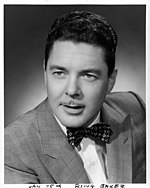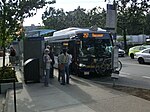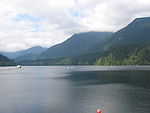British Properties
Neighbourhoods in West Vancouver
Originally known as Capilano Estates, the British Properties is a residential area in West Vancouver, British Columbia, Canada. The 4,000 acre area was sold by the municipality of West Vancouver to the British Pacific Properties Corporation in 1931, which continues to develop the land to the present day.The development is credited with starting West Vancouver's slow transformation from a ferry-access only, resort-style beachside enclave into a leafy suburban community with roads, parks, and shopping centres.
Excerpt from the Wikipedia article British Properties (License: CC BY-SA 3.0, Authors).British Properties
Eyremount Drive, West Vancouver British Properties
Geographical coordinates (GPS) Address Nearby Places Show on map
Geographical coordinates (GPS)
| Latitude | Longitude |
|---|---|
| N 49.35 ° | E -123.13333333333 ° |
Address
Eyremount Drive
Eyremount Drive
V7S 2S5 West Vancouver, British Properties
British Columbia, Canada
Open on Google Maps







